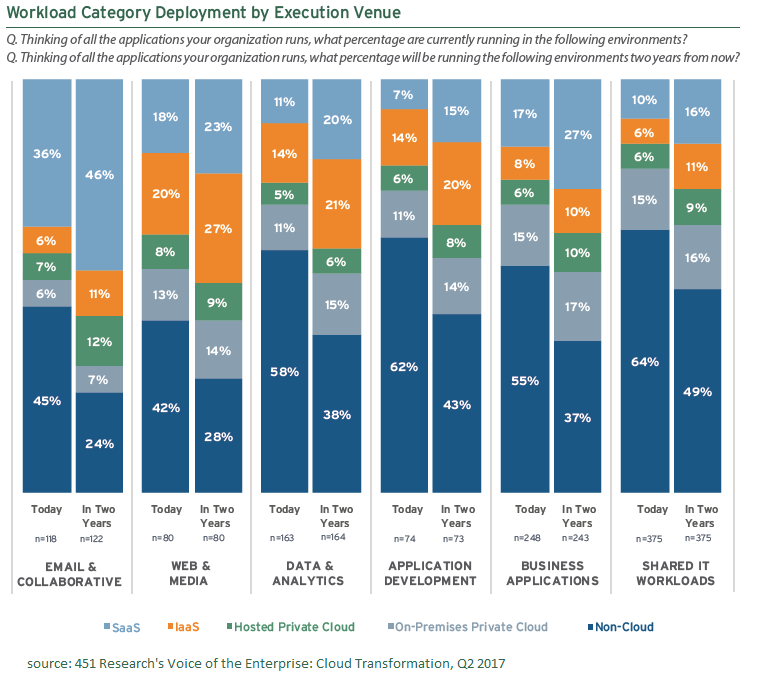Contact: Scott Denne, Csilla Zsigri
In an effort to extend Azure into a potentially lucrative corner of the cloud market, Microsoft picks up Cycle Computing, a company that enables HPC applications in multi-cloud environments. Microsoft’s move fits with a larger trend of cloud providers building and buying software assets to attract those applications with the most appetite for compute and storage.
Cycle Computing has more than a decade of experience orchestrating, provisioning and managing HPC and other intensive computing applications across multiple environments. First developed to take advantage of grid computing, it has more recently launched CycleCloud, and joined Microsoft’s Accelerator program in 2016.
HPC is about three to five years behind enterprise computing when it comes to new technology adoption – the applications are generally more sophisticated, and engineers are conservative. Yet the HPC cloud market is accelerating, and compute- and data-intensive applications in areas such as big data, machine learning, deep learning and IoT are also moving to the cloud. We believe that Microsoft is taking advantage of these trends and is looking to use Cycle Computing’s technology to enhance Azure’s current data-processing capabilities and build virtual supercomputers in the public cloud.
By investing in HPC and other data and analytics applications, Microsoft makes Azure fertile soil for new workloads. According to 451 Research’s Voice of the Enterprise Cloud Transformation survey, 21% of data and analytics workloads will move to public clouds in the next two years, a larger share than any category excepting web and media deployments, which, not coincidently, is where Amazon has focused its recent M&A with acquisitions of Thinkbox Software and Elemental Technologies.
Moreover, that same survey showed that IT departments have a greater threshold for price increases for mission-critical data analytics workloads. Almost half (44%) said they would be willing to pay an additional 26-50% to ensure quality of service, compared with just 30% who would pay such an increase for web workloads.
For more real-time information on tech M&A, follow us on Twitter @451TechMnA.

